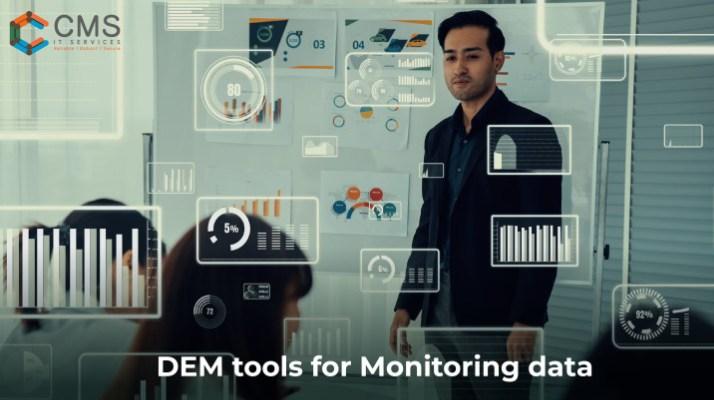Digital applications, websites, and services’ user experiences and performance are tracked and evaluated using Digital Experience Monitoring (DEM) solutions. DEM systems often offer a range of outputs, such as charts, graphs, dashboards, and reports, to communicate monitoring data to IT personnel.
Let’s examine different methods DEM products use to provide IT teams with monitoring data:
- Real-time monitoring: DEM technologies provide real-time monitoring capabilities, enabling IT teams to get the most recent data on how well digital applications and services are performing. IT staff may swiftly discover and resolve issues that might affect user experience with the aid of real-time data.
- Dashboards: DEM tools frequently include scalable dashboards that consolidate important performance metrics into a single view. The dashboard can be altered by IT teams to display the metrics that are most pertinent to their unique requirements and preferences.
- Alerts: When performance measurements drop below predetermined criteria, DEM tools can notify IT teams. As a result, IT personnel may proactively handle problems before they have an impact on users.
- Reports: DEM tools have the ability to produce in-depth reports that offer perceptions of the success of online programmes and services over time. Reports can be used to spot patterns, monitor advancements, and guide decisions.
- Integrations: To provide a more complete picture of digital performance, DEM technologies can interact with other IT products, such as APM tools. IT professionals can correlate performance data from many systems with the aid of integrations to pinpoint the source of problems.

